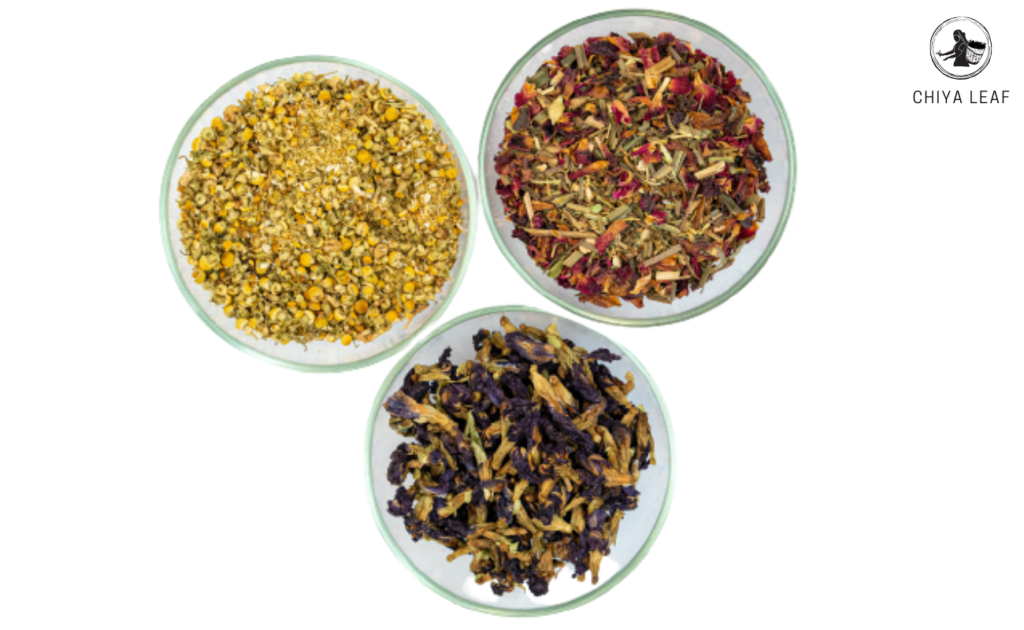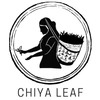How many kinds of tea are there in the world?
If you ever ask this question to anyone, even the most skilled and experienced brains would answer – there are countless varieties of tea in the world- which is true. Therefore, in this blog, we will talk about the most famous teas or rather widely known tea categories.
The most popular types of tea are categorised into two. First is the type of tea procured from the Camellia sinensis tea plant, which includes white, yellow, green, oolong, dark tea like pu-erh and black tea. Second is herbal infusions which have anything not procured from Camellia sinensis.
Different types of tea falling under the first category are classified on two bases – the kind of tea leaves picked/harvested and processed/oxidised.
NON-HERBAL TEA
- White Tea
Harvest: White tea is harvested from fresh, tender buds of the Camellia sinensis plant, i.e. when leaves haven’t fully opened. At this time, the young buds are still covered with fine white hairs, which gives the tea white colour and hence the name “white” tea.
Process: White tea is the least processed tea. Since it is minimally processed, it is one of the most delicate teas with a mild flavour. Despite its light colour infusion, it has a very high level of antioxidants. - Yellow Tea
Harvest: Yellow tea, originated in China, is considered one of the rarest and most expensive teas.
Like white, green, black, and oolong, yellow tea is also harvested from the Camellia sinensis tea plant. It is typically plucked by hand. Early spring is the best time for harvesting and procuring high-quality leaves. At this time, tea leaves are young and tender and haven’t fully opened. This is known as the “first flush”, and leaves plucked during this time have the optimal balance of flavours and aroma.
Process: The processing of the yellow tea includes withering, pan-frying (to halt oxidisation), rolling, sealing the yellow colour by wrapping the rolled leaves in cloth or paper, drying, fermentation and ageing. - Green Tea
Harvest: Harvesting of green tea is done a little later than white tea. Green tea leaves are picked after the buds turn into a shoot.
Green tea is harvested in the spring, summer, or early fall, depending on the weather, the tea-growing region where the tea is grown and the variety of green tea.
Green tea procured from first leaves is often the highest quality because they are young, tender, and flavoured. Whereas leaves picked in the summer or early fall are more mature and have a slightly stronger flavour.
Process: Green tea is usually unoxidised, which helps it retain its green colour and fresh taste. Green tea leaves directly go for a quick heat treatment to destroy the enzyme causing oxidation before being processed further. The colour of green tea cuppa lies between pale yellow to pale green.

Blended green teas
4. Black Tea
Harvest: Black tea is generally harvested from the top two leaves and a bud of Camellia sinensis. The leaves are either hand-plucked or machine-harvested, depending on the growing region. World-famous Darjeeling black tea plants are grown in rows at the tea estates, and leaves are hand-plucked by skilled workers. This selective plucking ensures high-quality tea leaves become part of the package while containing the right balance of compounds necessary to produce a flavourful cup of tea. The plucking is usually done in the early morning when the leaves are still covered in dew, which is the freshest and most delicious.
The plucking season for Darjeeling black tea is from March to November. The best Darjeeling tea is produced in spring (March-April) and early summer (May-June), called the first and second flush, respectively.
Process: Darjeeling black tea process starts with withering, moving on to rolling, oxidation, and drying. Unlike green tea, black tea is fully oxidised after it’s harvested. This means the leaves turn brown or black, leaving almost no green leaves.
5. Oolong Tea
Harvest: When it comes to oolong tea, traditional methods are sworn by for harvesting, and therefore, typically, oolong tea is harvested by hand. Like other teas procured by Camellia sinensis, harvesting timing is crucial for oolong tea as well to ensure the quality of the tea leaves as different stages of growth produce different flavours and aromas.
Early spring or late fall is the best time for harvesting oolong tea when the leaves are at their peak flavour and aroma.
Process: Oolong tea leaves are processed in three steps.
1. Tea leaves are withered in the sun after harvesting until the moisture content is reduced. Next, the oxidation process starts in which leaves are placed in bamboo baskets and shaken gently to bruise their edges to enhance the flavour.
2. After initial oxidation, the leaves are rolled and shaped by hand, often into tight balls or twisted strips. The rolling process breaks down the cellular structure of the leaves and lets natural enzymes interact with the air to develop complex flavours and aromas.
3. Finally, the leaves are roasted to stop oxidation and give the oolong tea its unique aroma and flavour. The firing/roasting is done using baking, pan-frying, or charcoal roasting, depending on the desired flavour profile.
6. Pu-erh Tea
Harvest: Like most teas, for pu-erh tea also, the Camellia sinensis leaves are plucked by hand during the appropriate season for tea production. The harvest timing depends on weather, altitude, and the desired tea quality.
Process: The processing of the pu-erh tea includes withering, oxidising, rolling, sun-drying, fermentation and ageing.
Pu-erh tea is not only oxidised for years or decades but also fermented, making it a unique tea than all the other teas made from Camellia sinensis. The tea leaves undergo microbial fermentation for years or decades to give Pu-erh tea its distinct flavour and aroma, which is earthy, woodsy, and sometimes described as “barnyard.”
Pu-erh tea can be found in two forms: raw and ripe. Raw Pu-erh tea, or “sheng” Pu-erh, undergoes a slow fermentation and ages naturally. Ripe Pu-erh tea, or “shou” Pu-erh, is artificially fermented to speed up ageing. Ripe Pu-erh tea typically has a darker colour, mellow flavour, and earthy aroma than raw Pu-erh tea.
Pu-erh tea can be black or green, depending on its oxidation level.
HERBAL TEA
Herbal tea, also known as tisane, doesn’t have any types of tea leaves in it. It is made from the infusion or decoction of herbs, spices, or other plant materials in hot water. Herbal tea could be made from fruit, flower, seeds, roots, bark, or any leaf not procured from the Camellia sinensis plant. Herbal tea is caffeine-free and does not contain tea leaves. Some popular herbal teas are pure chamomile tea, butterfly blue pea tea, peppermint tea, and turmeric ginger tea. Despite not having Camellia sinensis leaves, herbal tea benefits are indispensable. For example, slimming tea is an excellent herbal tea for weight loss.

If you bring herbal tea and any tea from the Camellia sinensis plant together, you will get flavoured or blended teas, and the type of flavoured teas you can get are indeed countless!




